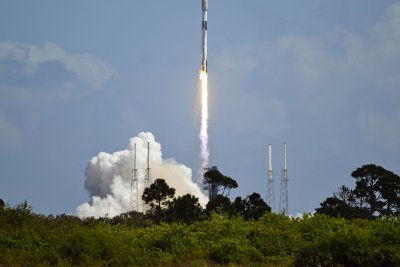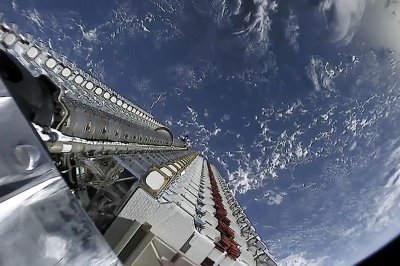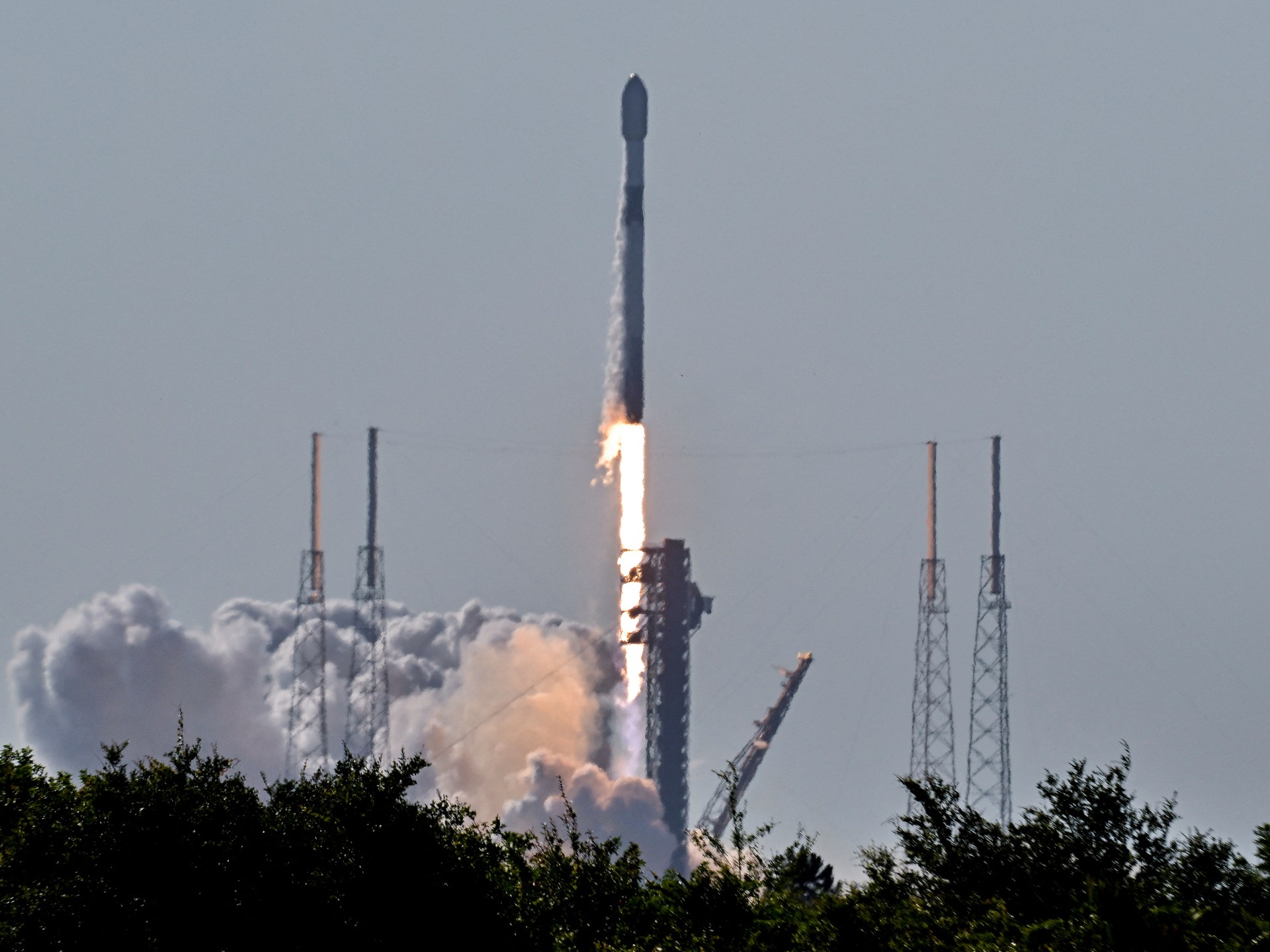SpaceX will buy wireless spectrum licences from EchoStar for its Starlink satellite network for about $17bn, a major deal crucial to expanding Starlink’s nascent 5G connectivity business.
The Elon Musk-owned aerospace company announced the purchase on Monday.
Recommended Stories
list of 4 itemsend of list
The companies also agreed to a deal that will enable EchoStar’s Boost Mobile subscribers to access Starlink direct-to-cell service to extend satellite service to areas without service.
The spectrum purchase allows SpaceX to start building and deploying upgraded, laser-connected satellites that the company said will expand the cell network’s capacity by “more than 100 times”.
Gwynne Shotwell, president and COO of SpaceX, said the deal will help the company “end mobile dead zones around the world … With exclusive spectrum, SpaceX will develop next-generation Starlink Direct to Cell satellites, which will have a step change in performance and enable us to enhance coverage for customers wherever they are in the world.”
The push comes amid fast-rising wireless usage. In 2024, Americans used a record 132 trillion megabytes of mobile data, up 35 percent over the prior all-time record, the Cellular Telecommunications Industry Association (CTIA) said on Monday.
SpaceX has launched more than 8,000 Starlink satellites since 2020, building a distributed network in low-Earth orbit which has seen demand from militaries, transportation firms and consumers in rural areas.
Roughly 600 of those satellites – which SpaceX calls “cell towers in space” – have been launched since January 2024 for the company’s direct-to-cell network, orbiting closer to Earth than the rest of the constellation.
Crucial to those larger satellites’ deployment is Starship, SpaceX’s giant next-generation rocket that has been under development for roughly a decade. Increasingly complex test launches have drawn the rocket closer to its first operational Starlink missions, expected early next year.
The deal comes months after the US Federal Communications Commission (FCC) questioned EchoStar’s use of its mobile-satellite service spectrum and raised concerns about whether it was meeting its obligations to deploy 5G in the country.
EchoStar said it anticipates that the transaction with SpaceX and the AT&T deal will resolve the FCC’s inquiries.
An FCC spokesperson said the “deals that EchoStar reached with AT&T and Starlink hold the potential to supercharge competition, extend innovative new services to millions of Americans, and boost US leadership in next-gen connectivity”.
The company in August sold some nationwide wireless spectrum licences to AT&T for $23bn. AT&T agreed to acquire 50 MHz of nationwide mid-band and low-band spectrum.
US President Donald Trump previously prodded EchoStar and FCC Chair Brendan Carr to reach an amicable deal for the company’s wireless spectrum licences.
Underused airwaves
SpaceX will pay up to $8.5bn in cash and issue up to $8.5bn in stock. SpaceX has also agreed to cover roughly $2bn in interest payments on EchoStar’s debt obligations through late 2027.
After the sale, EchoStar will continue operating its satellite television service Dish TV, streaming TV platform Sling, internet service Hughesnet and its Boost Mobile brand.
SpaceX had aggressively pressed the FCC to reallocate underused airwaves for satellite-to-phone service after alleging EchoStar failed to meet certain obligations.
In a letter to the FCC in April, SpaceX said EchoStar’s spectrum in the 2 gigahertz band “remains ripe for sharing among next-generation satellite systems” and that the company has left “valuable mid-band spectrum chronically underused”.
The deal with EchoStar will allow SpaceX to operate Starlink direct-to-cell services on frequencies it owns, rather than relying solely on those leased from mobile carriers like T-Mobile.
In May, the FCC approved Verizon’s $20bn deal to acquire fibre-optic internet provider Frontier Communications. Verizon spent $5bn to acquire and clear key spectrum in 2021.
The news sent shares of EchoStar surging 14.7 percent as of 1pm in New York (17:00 GMT). Shares of US wireless carriers are trending downwards. AT&T is 1.6 percent lower and T-Mobile is down by 2.2 percent. Verizon as well is down 1.8 percent.







